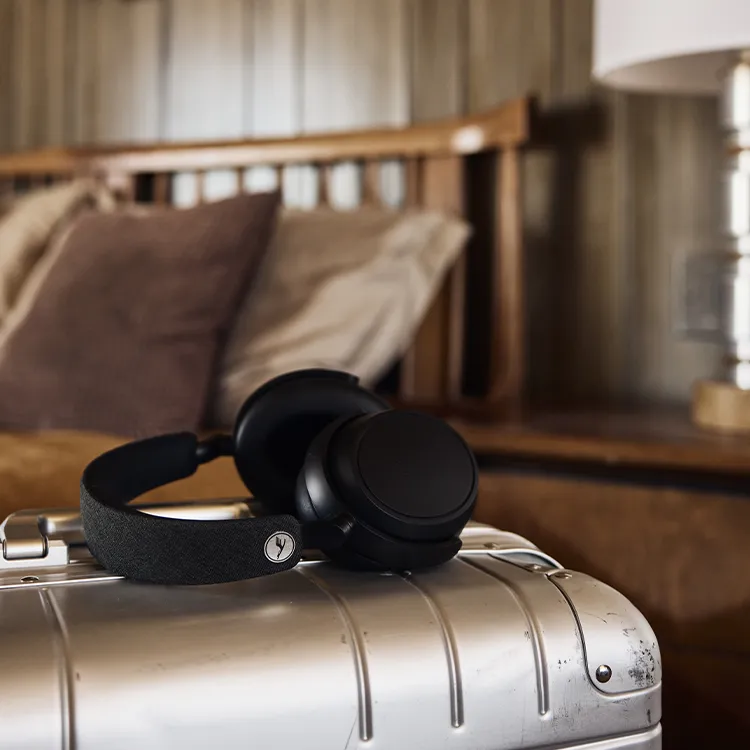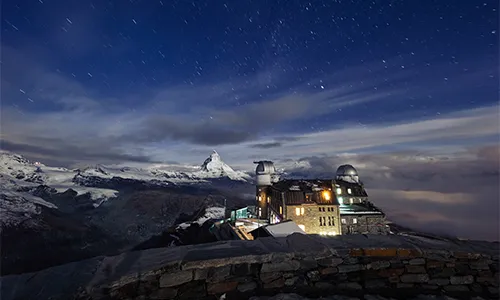The Albatross, the Minke Whale and the Call of the Wild

The southernmost pub this side of Cape Horn is closed. The yachters and marineros are far too busy to indulge in a nice cold beer tonight. A storm is brewing in the south-west, with winds expected to hit 80 knots. That’s more than hurricane force – hellish conditions, but nothing out of the ordinary for the Fin del Mundo, the ‘End of the World’.
‘Typical weather’, says Osvaldo Torres. ‘One low-pressure system chasing the next.’ Torres is wearing a green down jacket with a large hood. He can pull his head inside if he needs to, as if retreating into a warm cave.
Torres knows all there is to know about the wind, the waves and the isolation here. He is familiar with the rocky outcrops and the landscape in this part of the country, south of which there are no houses or streets. He knows the albatrosses and the whales. He also knows that conditions here on Beagle Channel are not nearly as severe as they are further south, where winds can exceed 100 knots – more than 100 miles per hour – at the world’s southernmost cape.
In the marina, men and women deploy their mooring lines, securing their boats several times over to make sure everything holds fast. Up on the cliff, lanterns begin to quiver in the wind, and the first rain shower moves through the village. Puerto Williams is the world’s southernmost town and primarily a Chilean navy station. Apart from two supermarkets, two restaurants and a handful of bed and breakfast places for trekking tourists from afar, all it contains is a few crooked houses.


The Magallanes region in Cabo de Hornos province is a mere 60 nautical miles north of Cape Horn – that legendary rock in the ocean and site of countless scenes of devastation and doom. It’s known as the Mount Everest of sailing and is infamous for the number of shipwrecks that lie on the ocean bed here.
Those headed for the southernmost tip of South America from more temperate zones, such as Germany, have to travel more than 20 hours by plane to get there. South of Patagonia, all that’s left of the earth are rocky outcrops jutting into a cold, 5°C sea . Cormorants soar on the wind, orcas and humpback whales pass through Beagle Channel. The mountains of Argentina rise opposite, their flanks covered in snow and ice.
Clippers and windjammers used to battle storms for weeks on end, attempting to round the Cape. Some 800 ships are said to have gone down over the centuries, around 10,000 sailors are thought to have drowned in these waters. Describing the Cape region, Charles Darwin once said: ‘Even the devil would freeze in this hell.’
The following morning, gusts of wind tear at the trees and spray flies across the bay in Puerto Williams. Osvaldo Torres is seated in the salon of the Micalvi, an old steamer-cum-pontoon in the estuary. It serves as the final outpost before the Cape, before the Southern Ocean. Torres flicks through a pile of maps of Cape Horn, his eyes roving across glaciers and fjords, across the wild expanse of water between Punta Yamana and Bahía Desolada.
He doesn’t say a lot, but everyone knows him here. Torres has sailed around the legendary End of the World more often than anybody else: a solid 114 times, earning him the nickname Mr Cape Horn.


You have to clamber over five other vessels to reach his sailing boat, the Goya III – a 16-metre yacht made of high-strength fibreglass. Torres climbs aboard, leaping over the lockers to reach the cockpit.
He has space on board for up to six passengers, people from around the world who long to sail in the Cape Horn region and see the awe-inspiring scenery for themselves. Guests include sailors and non-sailors, researchers and film teams – adventure seekers for whom the End of the World exerts a magical, otherworldly attraction.
Five days from now, a Spanish oceanographer will be coming on board to take a close look at the Chilean glaciers in the western part of Beagle Channel. Sailing trips like these are Torres’s bread and butter; they pay the bills, but they are also his passion.

His love affair with Cape Horn goes back to his early youth, and the End of the World marked a fresh start for Torres. It offered him a chance to redefine his own personal horizons. Again, the nickname fits. He never regarded this wild corner of the globe as a record-breaking destination or superlative. To him, it was a refuge of freedom.
The Fin del Mundo, the broad, empty landscape at the southern tip of Chile, is the land of his dreams. But it also corresponds to his courageous and adventurous life’s journey.
As he prepares for the storm, Torres talks about orcas and minke whales. Outside, the wind howls. Rain, showers, sleet, sun, clouds. Or as the locals say: ‘If you don’t like the weather, just wait five minutes.’
Torres loves the vast, cold solitude. He didn’t know it at the time, but he found salvation in this harsh landscape and wild sea. The compelling stories surrounding Cape Horn, the windswept beauty of this region at the bottom of the world didn’t just capture his imagination – they were a lifeline during a boyhood characterised by fateful events.
Osvaldo Torres grew up in a mountain village in the Andes. His parents had fled there with their children to escape the Pinochet dictatorship. Torture, murder and enforced disappearances were rampant during those dark years in which countless people joined the ranks of the Desaparecidos.
Osvaldo, thin as a strand of spaghetti back then, had no choice but to spend his youth near Huépil, a tiny village at the foot of the snow-covered Antuco volcano. It served the family as a refuge, but the region was deeply impoverished and populated mainly by shepherds. Many of the children had never even seen a car. Early on, Torres knew that he didn’t want to become a farmer, didn’t want to subject himself to the archaic structures prevalent in the Chilean Andes.


He continued to dream. Later, he was able to leave, to break out of this life. His geography teacher gave him books, literature, maps to peruse. Torres read about Cape Horn for the very first time, learned the stories and myths surrounding the End of the World.
At the age of 14, he signed up for the navy, embarked on a rigorous training programme and eventually became the youngest sailor in the Chilean navy. The rest is history and an extraordinary biography: from displaced mountain boy to seasoned seaman.
After ice baths in the mornings and daily drills on the parade ground, Torres graduated from the Armada de Chile. Soon, he found himself on a frigate cruising around the Pacific. He became a decorated radio operator and passed his additional exams with flying colours. All avenues were open to him, and he was free to choose what came next.
Torres asked to be posted to Cape Horn. There, surrounded by the raging elements, he lived by himself as a lighthouse keeper for two years. He had to harvest rainwater. Food was flown in by helicopter, and a generator provided electricity. Torres was happy in this remote part of the world. He had found the wilderness that he had dreamt of as a boy.
He gained a deep understanding of the Magallanes region with Beagle Channel and the wind-lashed ridge of Isla Wollaston. When the two years were up, Torres decided to stay and spend the rest of his life in this magical place. First with the navy, then as a lighthouse keeper, later as a skipper – and finally as the captain of his own yacht, which he worked hard over many years to purchase.
An impressive biography, and definitely not for the weak of heart.


Torres closes the hatch to the companionway and descends into the salon of the Goya III. Rain is falling outside, and the Chilean flag on the stern flaps wildly in the wind. ‘Just a squall’, says Torres, ‘nothing serious.’ He has been navigating the waters around the world’s most famous cape for over 25 years, leading expeditions and hiring crews from all over the globe. He has travelled a long road: the exodus, the mountains, the breakout, the ocean.
Torres can tell stories all night long. Of yachts drifting in hurricanes and being lost. Of turquoise icebergs, blue bays and mooring places where the morning brings hundreds of penguins, huddling together to warm themselves in the wind.
Mr Cape Horn retires into his berth, but not before casting his eye over the most recent weather report: 40 knots from the west, due to pick up over the course of the day. ‘We’d better get an early start if we want to leave tomorrow’, he says. ‘Otherwise, things could get rough.’
Dithering is a bad idea out here, and indecision is never an option. One thing Osvaldo Torres has learned from the wind, but not only from the wind: you never know what life has in store.


Author


Photographer


Aluminium Collection
Travel companion

Discover the world with us






















